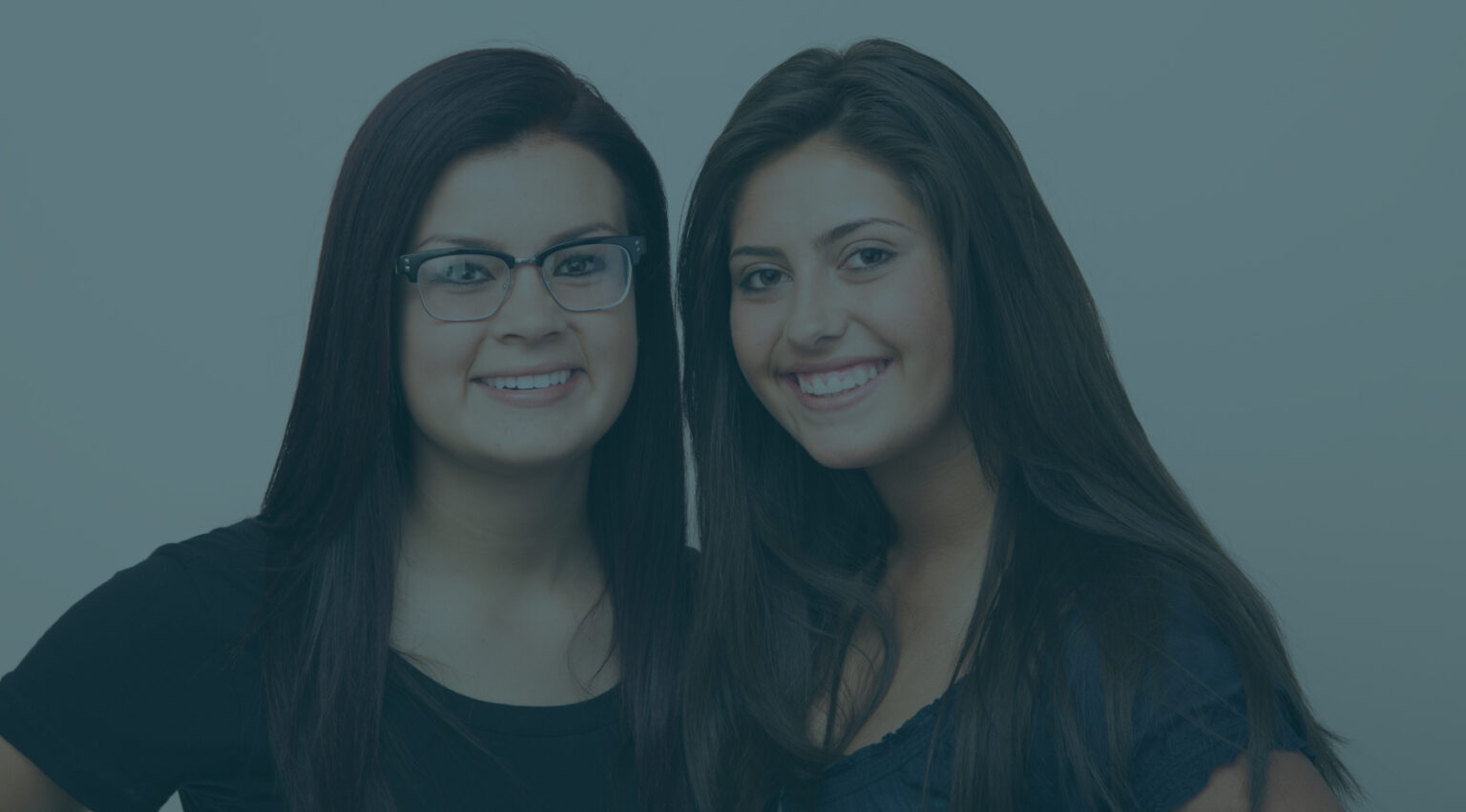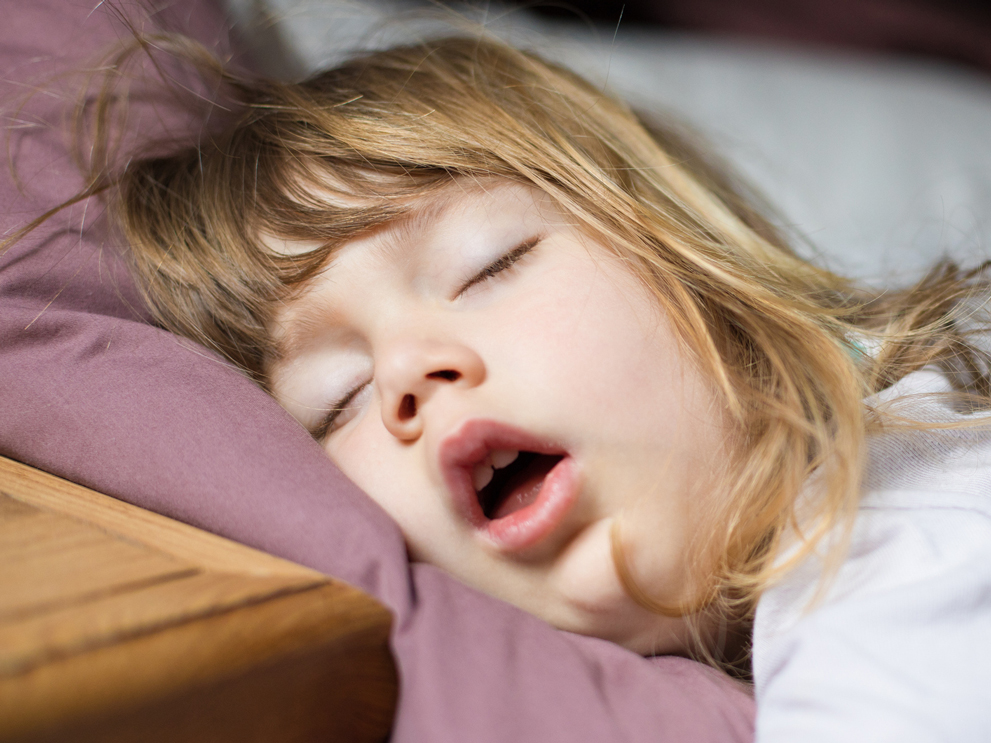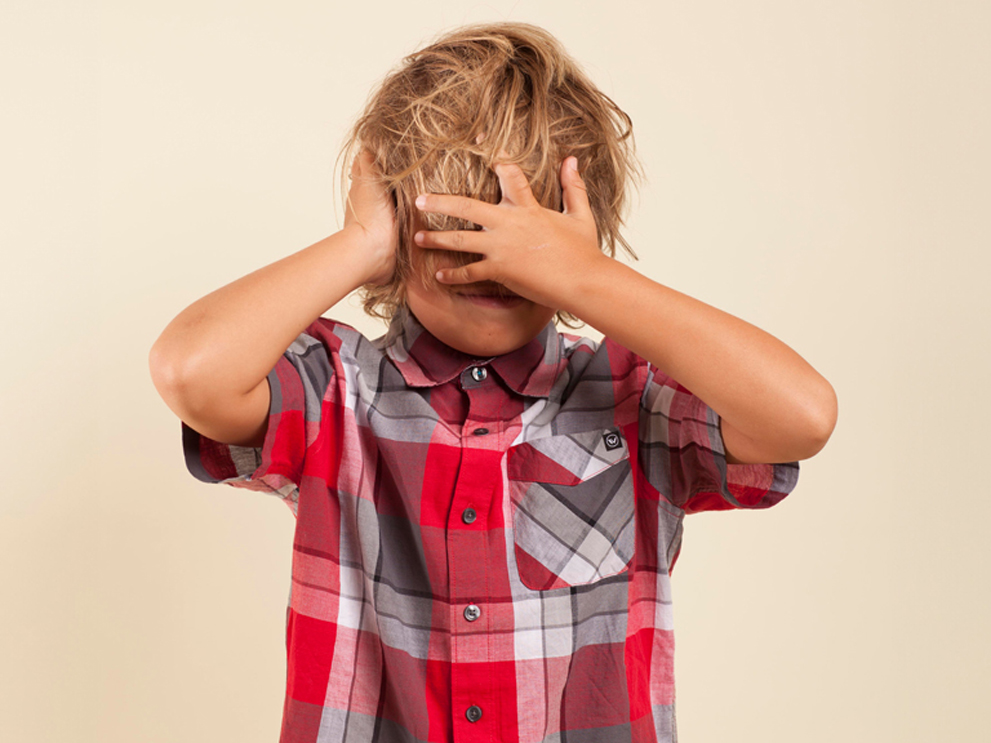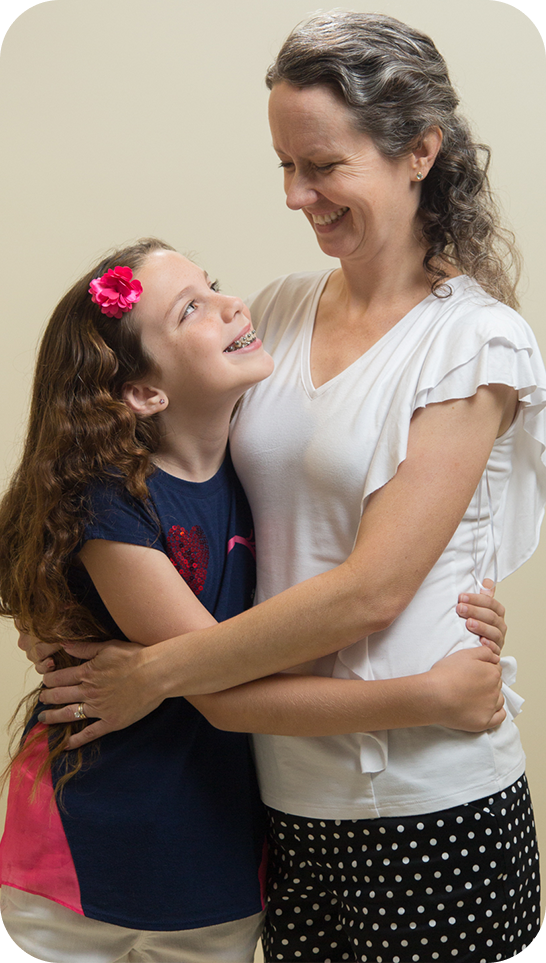

Discover Sleep Apnea Treatment for Antioch, Brentwood, and Oakley, CA
Helping Our East County Community Sleep Soundly

Do you find yourself constantly tired, even after a full night’s sleep? Perhaps your partner complains about your loud snoring? These could be signs of sleep apnea, a sleep disorder that affects many individuals, causing fragmented sleep and a variety of health concerns. Did you know that children could also suffer from sleep disordered breathing? Sleep disordered breathing (SDB) in children can lead to delayed growth and behavioral issues such as decreased performance in school and hyperactivity. Some common signs of SDB in children are: snoring, mouth breathing, night terrors, sleep walking, bed wetting, restless sleep, teeth grinding, hyperactivity, etc. Sleep breathing disorders are often multifactorial, which is why Dr. Sheffield and Dr. Le are committed to screening patients of all ages for airway issues and referring to the appropriate specialists when necessary.
Did you know that pediatric SDB is strongly associated with abnormal development of the jaws and facial structures? Fortunately, during the early childhood stages, the jaws and facial structures are largely alterable. At Sheffield & Le Orthodontics, we screen patients of all ages for SDB and pride ourselves on airway-centered treatment. If you suspect you or your child has SDB, schedule a complimentary consultation at Sheffield & Le Orthodontics today to explore your options.
Understanding the Different Types of Sleep Apnea
Sleep apnea is a sleep disorder characterized by pauses in breathing during sleep. These pauses can occur multiple times throughout the night, disrupting sleep patterns and causing a variety of health problems. Did you know that sleep apnea is part of a spectrum of breathing disorders called sleep-related breathing disorders (SRBD)? SRBDs are characterized by abnormal breathing and/or insufficient ventilation during sleep. The spectrum ranges from chronic or habitual snoring to obstructive sleep apnea. Types of SRBDs include:
This is the most common form of sleep apnea. OSA occurs when the muscles in the throat relax during sleep, causing a blockage in the airway. This blockage prevents air from reaching the lungs, leading to breathing pauses.
Unlike OSA, central sleep apnea is not caused by a physical blockage. Instead, it is a neurological condition where the brain fails to send the proper signals to the muscles that control breathing. This results in pauses in breathing even though the airway is open.
This is a less common type of sleep apnea that can develop in some individuals with OSA after undergoing treatment. In complex sleep apnea, both OSA and CSA events occur during sleep.
This condition occurs when the soft tissue of the throat relaxes during sleep, leading to reduced airflow and sleep arousals. Although less severe than OSA, sleep disturbances still occur, resulting in excessive daytime sleepiness.
These conditions are characterized by shallow breathing and low blood oxygen levels during sleep. They are generally associated with underlying lung conditions such as chronic obstructive pulmonary disease (COPD).
Snoring occurs when air moves through vibrating tissues in the throat during sleep. While snoring can be accompanied with OSA, primary snoring is not associated with arousals.




Sleep Apnea Symptoms: Recognizing the Signs
How Does Sheffield & Le Help Treat Sleep Apnea?

